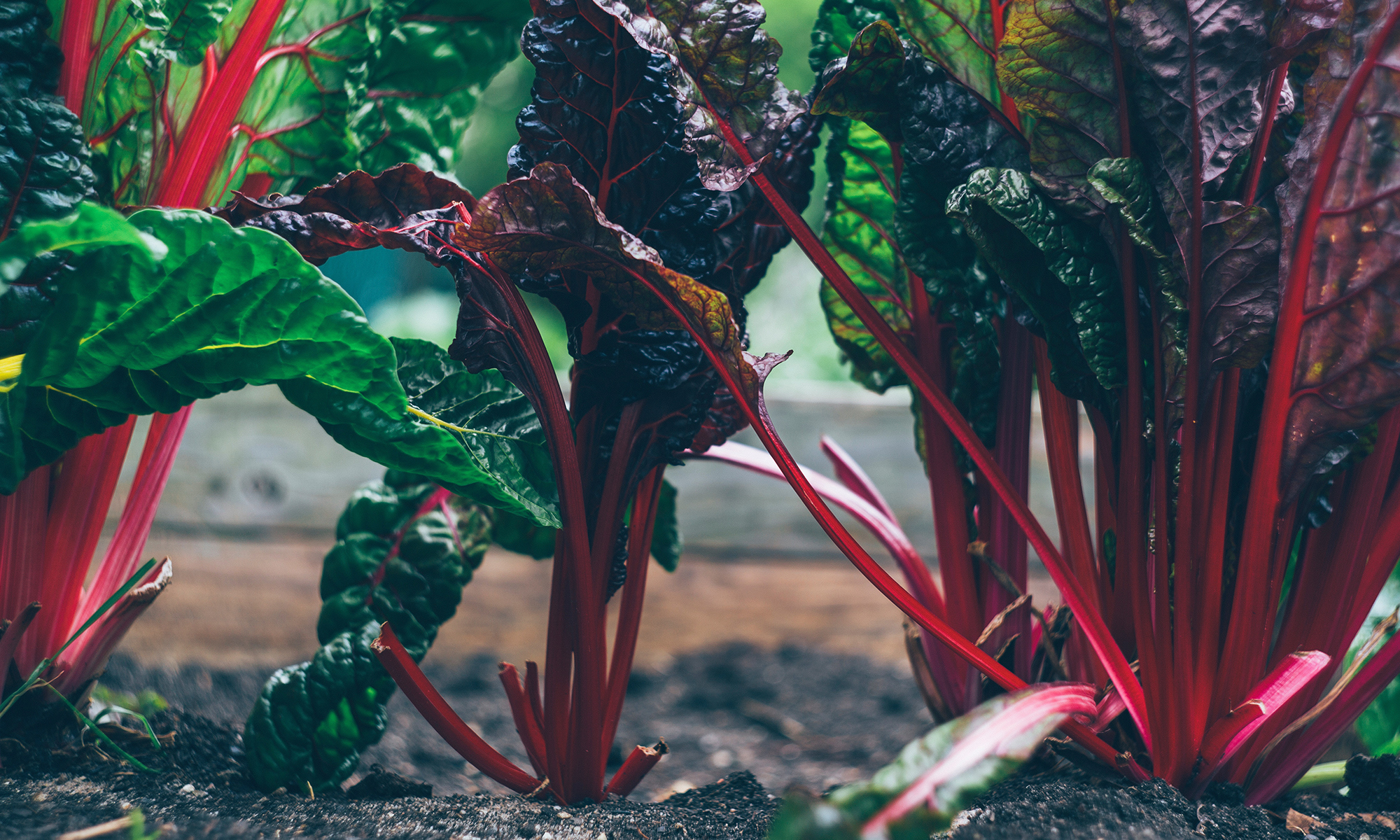Like salmon, shad spawn in the spring… They generally live in salt water, but swim up fresh water rivers, like the Delaware River, in the spring to lay their eggs. It’s during this season that the female shads swell up with eggs in anticipation.
Though many fish are available year round now, despite preferred seasons, the shad roe can’t be forced or rushed, and it’s limited to a 5 week window in March and April.
The roe are held together by a thin membrane. Honestly, I think this is a euphemism for ovary sacs. The tiny eggs inside are the size of sturgeon (caviar) roe. But unlike caviar, it’s sold fresh, and not salted or preserved. As such, it must be cooked. A “pair” of shad roe, as it is sold, is ample for two people.
The earthy, sweet and rich flavor of the shad roe classically pairs with bacon, capers and/or balsamic vinegar. I’ve been trying to branch out from the standard. And thinking about the flavor profiles of the traditional accompaniments, I opted for the sweet and sour flavor of braised cabbage (and a side of latkes to give a little texture to the otherwise soft meal)
Shad Roe with Braised Cabbage
1 onion
2 slices bacon (opt) or 2 tbs. butter
1 small red cabbage, cut in half, core removed and sliced thin
¼ cup red wine
¼ cup red wine vinegar
1 tbs. red currant jelly
1 tbs. sugar
1 pair shad roe
1 tbs. flour
2 tbs. plain oil
salt, pepper and lemon juice to taste
1. In a medium pan, render bacon fat over medium heat for about 3 minutes… add the onions and cook until onions are soft, about 5 minutes. Add red wine, red wine vinegar, sugar, red currant jelly and cabbage. Cover, and cook for 20 minutes, or until cabbage is nice and tender. Remove cover and continue cooking until most of the liquid has evaporated. Set aside in a warm place
2. Heat another skillet over high heat. Season shad with salt and pepper, and dust it with flour. Use a fork to poke a few holes in the membrane — this will keep the roe from exploding. When the pan is hot, add the oil. Gently place the shad roe in the pan. Cook for 5 minutes on the first side, or until golden brown. Flip over and cook for a few minutes more. Squeeze a few drops of lemon juice on top just before serving.



